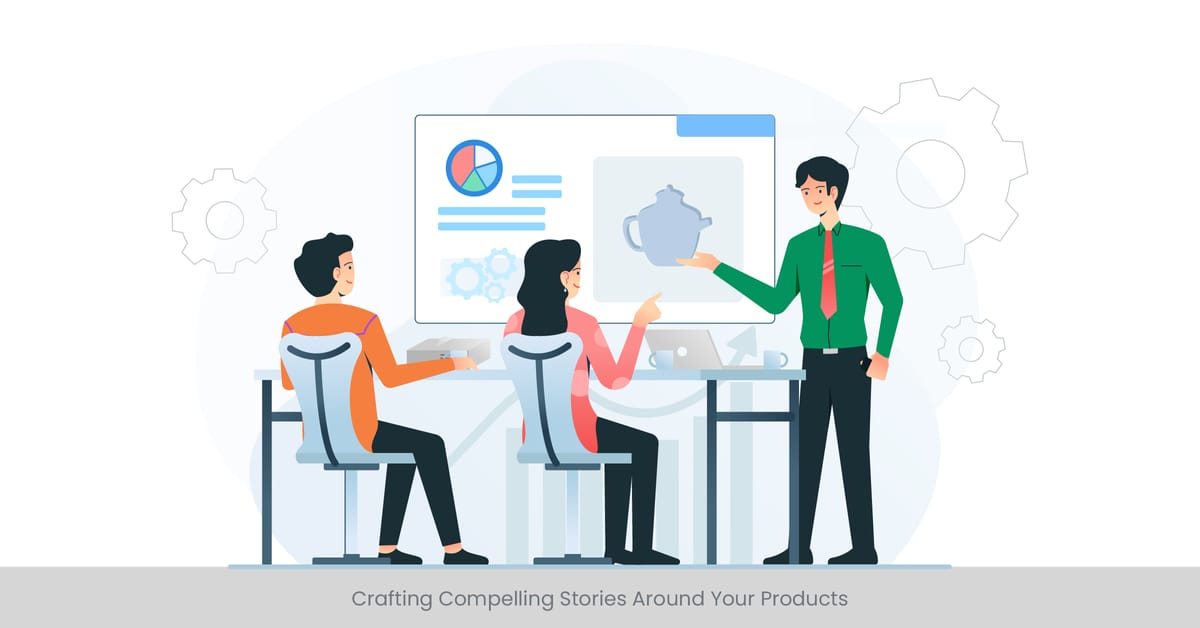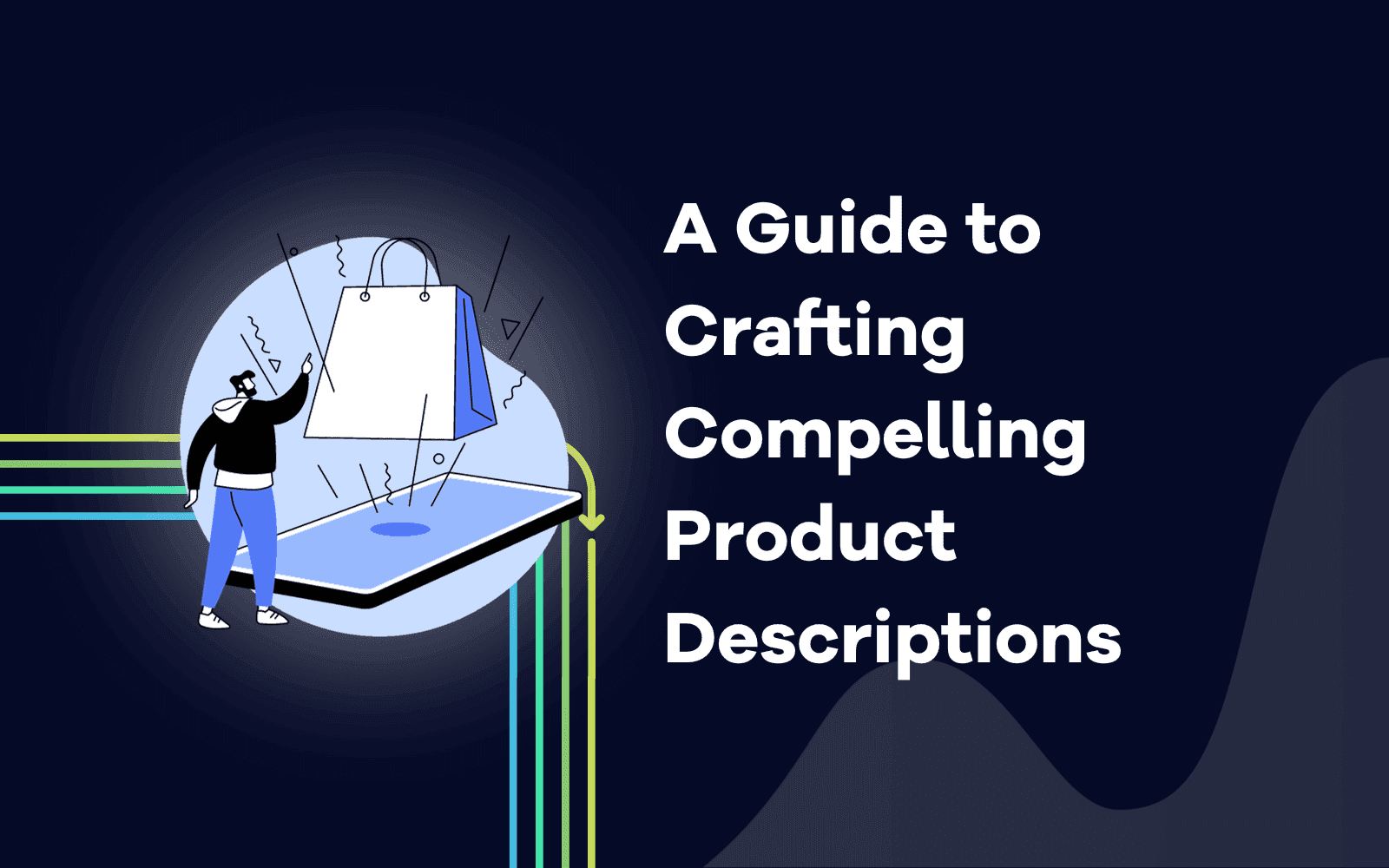Crafting Compelling Product Narratives: A Guide for Interior Design & Architecture Professionals

As an expert in both interior design and architecture, I understand the unique challenges of selling your services. You’re not just selling a product, you’re selling a vision, a lifestyle, and a promise of transformed spaces. To truly connect with your ideal customer, you need to understand their needs, desires, and pain points, and then present your services as the solution.
This guide will walk you through the process of crafting compelling narratives that highlight the key features and benefits of your services, enabling you to effectively communicate your value proposition and convert potential customers into loyal clients.

Understanding Your Ideal Customer Persona
Before diving into features and benefits, it’s crucial to define your ideal customer. This is a fictional representation of your target audience, encompassing their demographics, psychographics, motivations, and pain points.
Here’s a framework for creating your ideal customer persona:

- Demographics: Age, gender, location, income level, education, occupation, family size, and homeownership status.
- Psychographics: Values, interests, hobbies, lifestyle, personality traits, and aspirations.
- Motivations: What drives their decision to seek interior design or architectural services? Are they seeking a functional upgrade, aesthetic improvements, increased property value, or a more personalized living experience?
- Pain Points: What challenges or frustrations do they face with their current space? Are they struggling with limited space, outdated aesthetics, poor functionality, or a lack of inspiration?


Once you’ve defined your ideal customer, you can tailor your messaging to resonate with their specific needs and desires.
Key Features and Benefits to Highlight
Now, let’s explore the key features and benefits you should focus on highlighting to your ideal customer:

For Interior Design Services:

Features:
- Space Planning & Optimization: Showcasing your expertise in maximizing space utilization, creating functional layouts, and addressing storage needs.
- Aesthetic Design & Styling: Emphasize your ability to create visually appealing spaces that reflect the client’s personal style and preferences, incorporating elements like color palettes, furniture selection, and decorative accents.
- Material Selection & Sourcing: Highlight your knowledge of different materials, finishes, and textures, and your ability to source high-quality products that meet the client’s budget and aesthetic vision.
- Lighting Design & Integration: Demonstrate your understanding of how lighting can transform a space, creating ambiance, highlighting architectural features, and enhancing functionality.
- Project Management & Coordination: Emphasize your ability to manage all aspects of the project, from initial concept development to final installation, ensuring a seamless and stress-free experience for the client.



Benefits:
- Enhanced Functionality: Highlight how your designs improve the usability and flow of the space, creating a more comfortable and efficient environment.
- Increased Aesthetics & Curb Appeal: Showcase how your designs elevate the visual appeal of the space, creating a more inviting and stylish atmosphere.
- Improved Property Value: Emphasize how your designs can increase the value of the property, making it more attractive to potential buyers.
- Personalized Living Experience: Highlight how your designs create a space that reflects the client’s unique personality and lifestyle, fostering a sense of comfort and belonging.
- Reduced Stress & Hassle: Emphasize your ability to manage all aspects of the project, relieving the client of the burden of decision-making and coordination.


For Architectural Services:
Features:
- Architectural Design & Planning: Showcase your expertise in creating functional and aesthetically pleasing building designs, incorporating elements like site analysis, building codes, and sustainable design principles.
- Construction Drawings & Specifications: Emphasize your ability to create detailed drawings and specifications that guide the construction process, ensuring accuracy and efficiency.
- 3D Modeling & Visualization: Highlight your ability to create realistic 3D models and renderings that allow clients to visualize the final design before construction begins.
- Project Management & Coordination: Emphasize your ability to manage all aspects of the project, from initial concept development to final construction, ensuring a smooth and successful outcome.
- Sustainable Design & Building Practices: Highlight your commitment to environmentally responsible design and construction, incorporating elements like energy efficiency, water conservation, and material selection.
Benefits:
- Functional & Efficient Spaces: Showcase how your designs create spaces that are optimized for their intended use, maximizing functionality and minimizing wasted space.
- Aesthetically Pleasing & Unique Designs: Emphasize your ability to create visually striking and distinctive buildings that reflect the client’s vision and style.
- Increased Property Value & Investment Return: Highlight how your designs can increase the value of the property, making it a sound investment.
- Enhanced Comfort & Livability: Emphasize how your designs create spaces that are comfortable, inviting, and conducive to a healthy and productive lifestyle.
- Reduced Construction Costs & Timelines: Highlight your ability to manage the project efficiently, minimizing delays and ensuring cost-effectiveness.
Crafting Your Narrative: The Power of Storytelling
Now that you understand the key features and benefits, it’s time to weave them into a compelling narrative that resonates with your ideal customer.
Here are some tips for crafting effective narratives:
- Focus on the "Why": Don’t just list features, explain why they matter to the customer. What problems do they solve? What desires do they fulfill?
- Use Storytelling: Share real-life examples of how your services have transformed spaces and improved lives. Use client testimonials and before-and-after photos to illustrate your success.
- Emphasize the Emotional Connection: Design is about more than just functionality; it’s about creating spaces that evoke emotions, inspire creativity, and foster a sense of well-being.
- Address Pain Points: Acknowledge the challenges your ideal customer faces and present your services as the solution.
- Use Clear & Concise Language: Avoid technical jargon and focus on using language that is easy to understand and relatable.
- Highlight Your Unique Value Proposition: What sets you apart from the competition? What makes your services unique and valuable?
Examples of Compelling Narratives:
Interior Design:
- "Imagine stepping into your home and feeling a sense of calm and serenity. Imagine a space that reflects your unique personality and style, where every detail is carefully curated to create a truly personalized living experience. That’s what I can help you achieve."
- "Are you tired of feeling cramped and cluttered in your home? Let me help you maximize your space, create a functional layout, and design a storage solution that meets your needs."
- "Don’t settle for a generic interior design. Let me help you create a space that is truly unique and reflects your personal style, incorporating elements like color palettes, furniture selection, and decorative accents that are tailored to your preferences."
Architectural Design:
- "Imagine a home that is not only beautiful but also functional and efficient, designed to meet your specific needs and lifestyle. That’s what I can help you achieve."
- "Don’t compromise on your dream home. Let me help you design a space that is both aesthetically pleasing and sustainable, incorporating elements like energy efficiency, water conservation, and environmentally responsible materials."
- "I understand that building a home is a major investment. Let me help you create a design that maximizes your return on investment, ensuring that your property is both beautiful and valuable."
Conclusion:
By understanding your ideal customer, highlighting the key features and benefits of your services, and crafting compelling narratives that connect with their needs and desires, you can effectively communicate your value proposition and convert potential customers into loyal clients. Remember, design is about more than just aesthetics; it’s about creating spaces that improve lives and enhance well-being. Use your expertise to create a positive impact on your clients and build a successful business.
